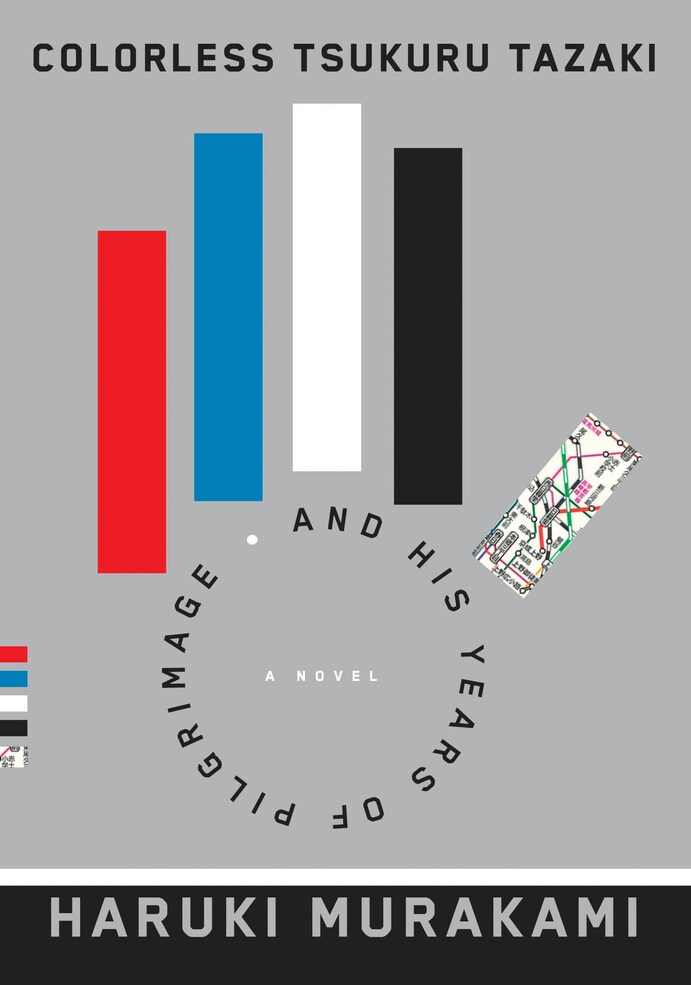
Marie reviews Murakami’s new novel, “Colorless Tsukuru Tazaki and His Years of Pilgrimage”
Nestled into the title of Haruki Murakami’s new novel are the words “Years of Pilgrimage.” It’s a common enough catchphrase for a coming-of-age story, and easy enough to dismiss as mere packaging. But as we peel the onion of this remarkable novel — as it takes us on a spellbinding descent through the rings of hell in Tsukuru Tazaki’s young life — that spectral phrase takes on new meaning.
Soon it is clear that Tsukuru’s “years of pilgrimage” are an echo of Franz Liszt’s masterwork for the piano, “Années de pèlerinage,” especially its elegiac solo “Le mal du pays” (or “homesickness”), a melody that worms its way into the heart of our hero and suffuses his story with an exquisite sadness. Add to its haunting strains Liszt’s inspiration for that music — Goethe’s groundbreaking 19th-century novel about disillusionment, “Wilhelm Meister’s Apprenticeship” — and “Colorless Tsukuru Tazaki” becomes a virtual symphony of literary and musical referents. Murakami’s wizardry lies in his ability to pack all that cultural and spiritual resonance into a book that is as tightly wound as a Dashiell Hammett mystery.
Murakami is Japan’s greatest living writer, so revered that when “Colorless Tsukuru Tazaki and His Years of Pilgrimage” was released in Japan last year, it sold a million copies within the first week. Hard to categorize and famously unpredictable, his works are enormously popular, defying the conventional wisdom that only genre novels sell well. His works have included tales of hard-nosed realism (“Norwegian Wood” and “Sputnik Sweetheart“) and complex, bizarre yarns (“The Wind-Up Bird Chronicle” and “1Q84“). We cannot know what will come next from this master’s pen. But a Murakami novel always promises a provocative, challenging and decidedly quirky perspective. It generally concerns love, sex and anomie. And, almost always, there is a memorable piece of music at its core.
